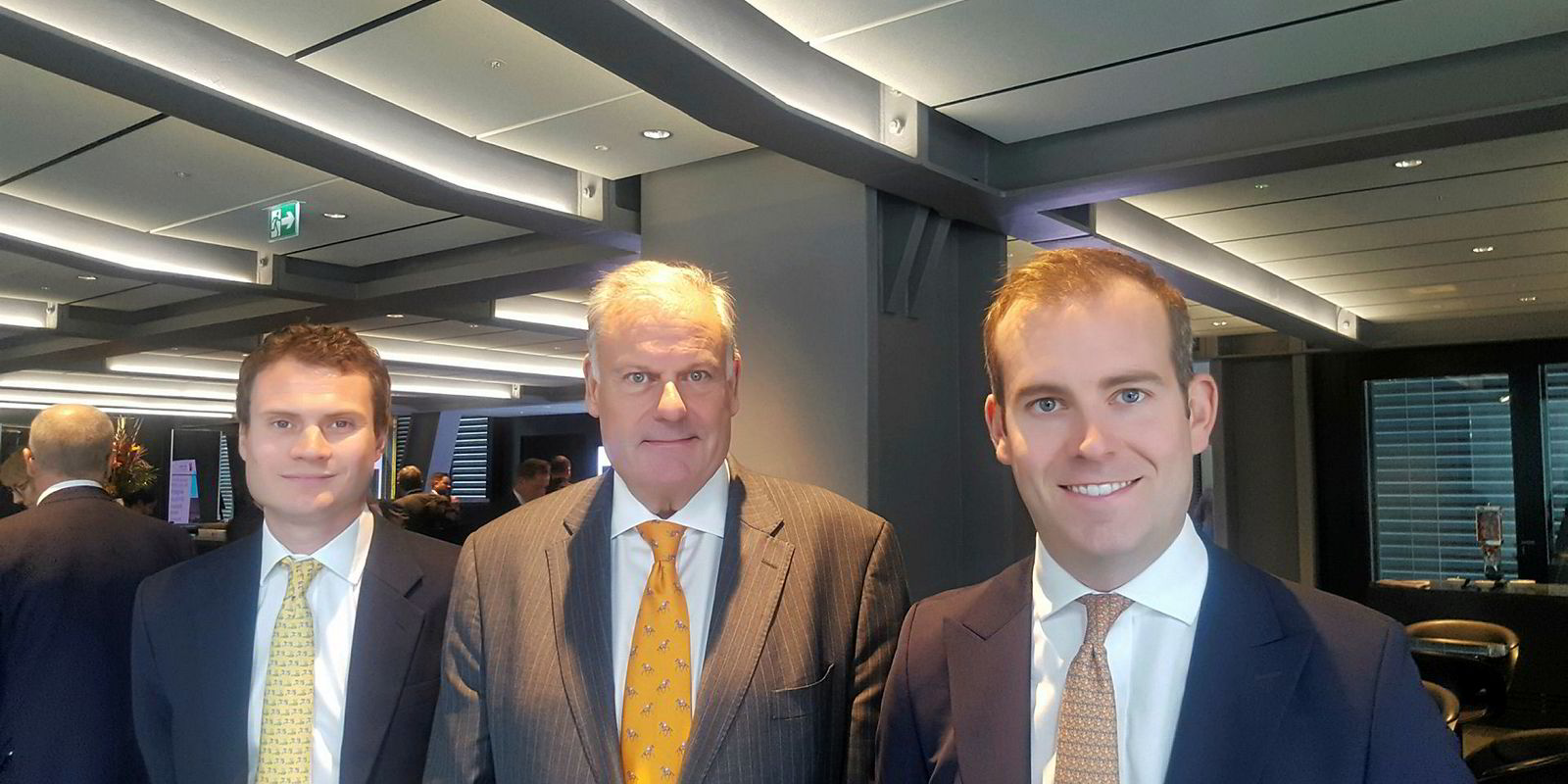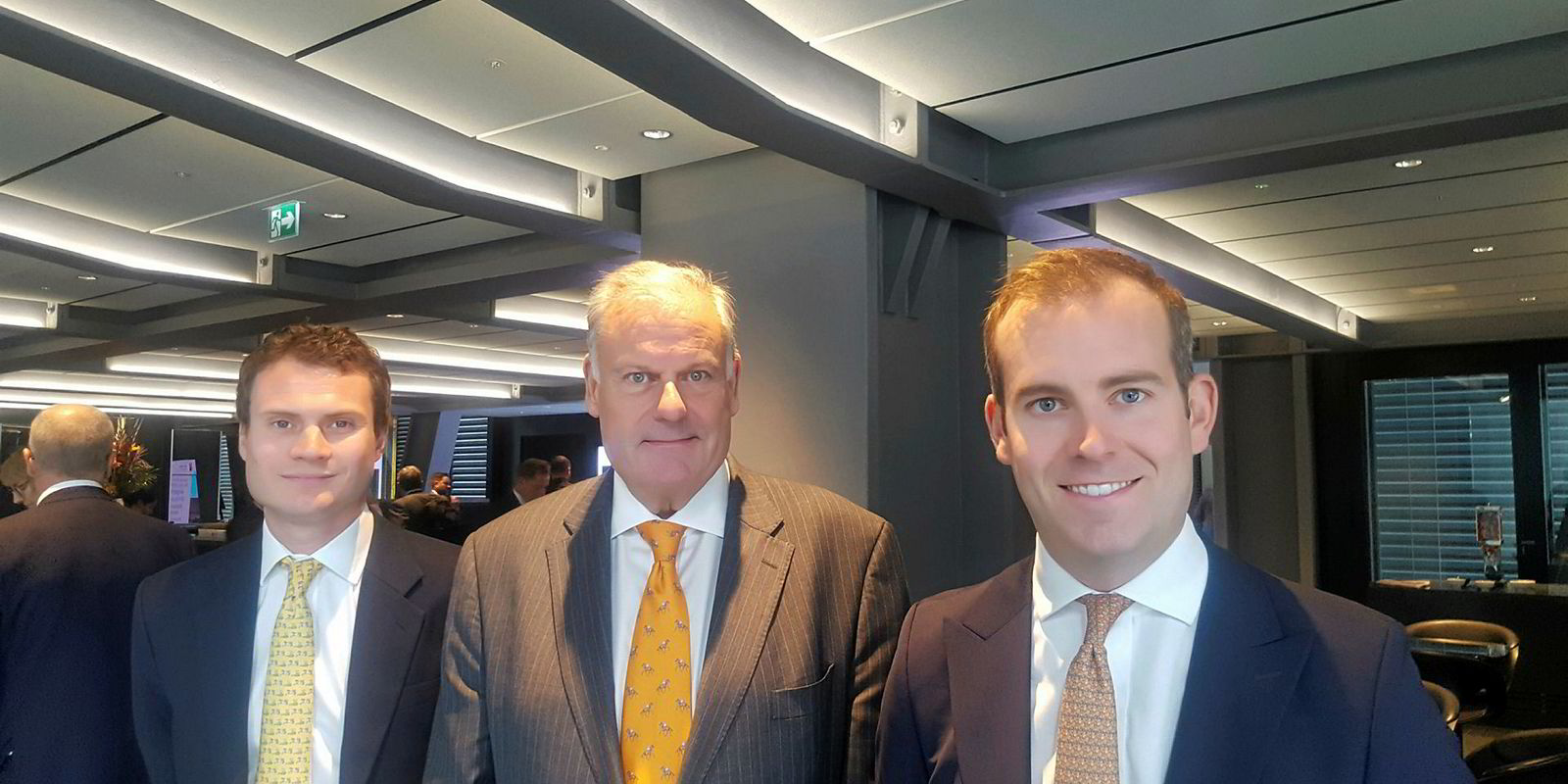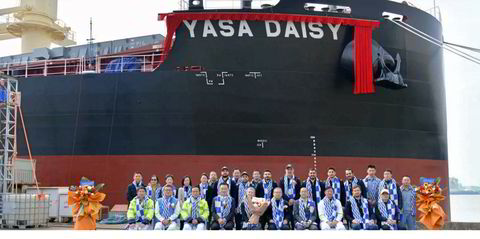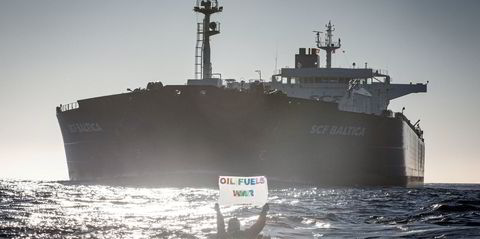The latest protection and indemnity mutuals’ results show almost all the major insurers are losing money on technical underwriting as premiums shrink and claims costs rise.
So far the 12 P&I mutuals that have reported earnings for the latest policy year have shown an average combined ratio of just under 110%, according to figures sourced from broker Aon.
A combined ratio over 100% indicates the underwriting balance sheet is in deficit.
However, there is some debate over the real level of combined ratio losses. The West of England P&I Club told TradeWinds it believes the International Group of Protection & Indemnity Clubs average combined ratio figure could be even higher at around 114%, depending on what is included on the underwriting balance sheet.
Only the Japan P&I Club has yet to report combined ratio figures.
The biggest loss reported so far came from the London P&I Club with a combined ratio of more than 140%.
Only the Swedish Club, with 99%, and Skuld, with 98%, marginally bucked the trend. The Standard Club claimed it broke even with a combined ratio of 100%.
The figures mark a considerable turnaround from the previous year when, on average, the 13 members of the International Group reported a profitable combined ratio of 98%, according to Aon’s figures.
All the clubs will be looking at a premium increase again. They looked at it last year but it didn’t happen because they were financially strong with 7% to 8% investment returns
Lars Rhodin
The poor combined ratio performance in the last policy year has largely been attributed to a decline in premium income, after several years without a general increase, compounded by an uptick in expensive claims this year.
Cost of claims
The London P&I Club summed it up when it said: “There was an increase in the cost of claims, which included two [International Group] pool claims involving members of the association, as well as increased activity on the pooling system generally and a rise in the cost of retained claims in each severity band. This came during a period when premium rates remained under intense pressure and, as a result, the combined ratio increased to 140.1%.”
The Swedish Club’s Lars Rhodin told TradeWinds, at the club's AGM, that premium increases are now under consideration by all clubs to try to balance out the underwriting deficit.
“All the clubs will be looking at a premium increase again. They looked at it last year but it didn’t happen because they were financially strong with 7% to 8% investment returns,” he said.
The poor underwriting performance has affected the P&I clubs’ collective $5.5bn held in financial reserves. As TradeWinds earlier reported, around $380m has been wiped off the value of the so-called free reserves last year.
However, with the International Group members still having more than $5bn held in free reserves their financial position remains strong. That might help some of the richest clubs resist the need to raise premiums to cover underwriting losses, Aon said.
“However, we suggest that that clubs with very strong capital positions should exercise some restraint and flexibility going forward. We question whether general increases are still relevant and indeed whether the excess capital position built up by the support of the International Group membership could be dispatched to moderate the desire for generalised rate increases in 2020,” the broker said.






